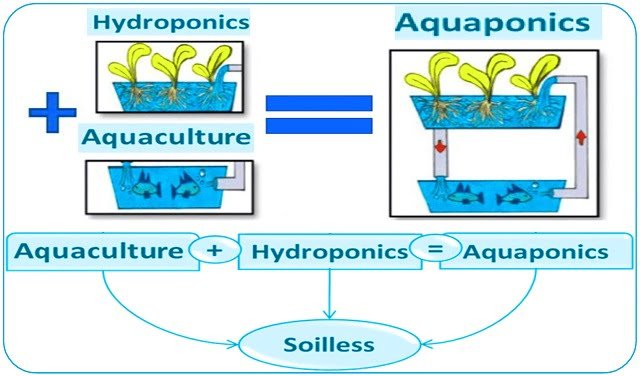By: Melissa Schneider
USA.- The Mississippi-Alabama Sea Grant Consortium and Auburn University Marine Extension and Research Center announce the publication of the “Alabama Shellfish and Aquaculture Situation and Outlook Report: Production Year 2016.” The report summarizes anonymous survey responses from 11 of the 14 oyster aquaculture operations that are certified by the Alabama Department of Public Health. The operations include oyster farms and hatcheries.
Russell Grice and Bill Walton, both of the Mississippi-Alabama Sea Grant Consortium, the Alabama Cooperative Extension System and Auburn University Marine Extension and Research Center, co-authored the report that measures hatchery and nursery sales, oyster sales and prices, and employment numbers related to the industry. The report also identifies challenges the industry faced in 2016, as well as future opportunities.
“The purpose of this survey and report is to track growth, employment and economic value of shellfish aquaculture in Alabama,” Grice said. “We are planning to do this every year to help the industry and resource managers understand the changes in the industry and its importance to our coastal communities.”
Highlights from the report include the following:
– There were 14 oyster aquaculture operations in Alabama per Alabama Department of Public Health, of which 11 completed the survey.
– Farm gate value for Alabama oyster commercial operations was at least $1.9 million.
– Total number of single market oysters sold in 2016 was at least 2.6 million.
– Oyster market prices realized for respondents ranged from $0.30 to $0.80 with an average price of $0.45.
– Operators reported 20 full-time employees and 10 part-time employees.
– There were at least 28 acres permitted for oyster aquaculture with at least 18.1 acres used in production.
You can find the five-page report here.
Stay Always Informed
Join our communities to instantly receive the most important news, reports, and analysis from the aquaculture industry.
Source: Mississippi-Alabama Sea Grant Consortium
Editor at the digital magazine AquaHoy. He holds a degree in Aquaculture Biology from the National University of Santa (UNS) and a Master’s degree in Science and Innovation Management from the Polytechnic University of Valencia, with postgraduate diplomas in Business Innovation and Innovation Management. He possesses extensive experience in the aquaculture and fisheries sector, having led the Fisheries Innovation Unit of the National Program for Innovation in Fisheries and Aquaculture (PNIPA). He has served as a senior consultant in technology watch, an innovation project formulator and advisor, and a lecturer at UNS. He is a member of the Peruvian College of Biologists and was recognized by the World Aquaculture Society (WAS) in 2016 for his contribution to aquaculture.




